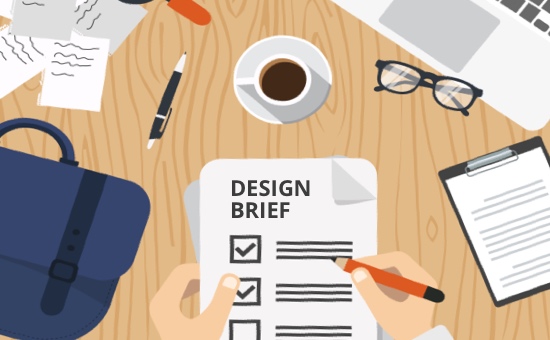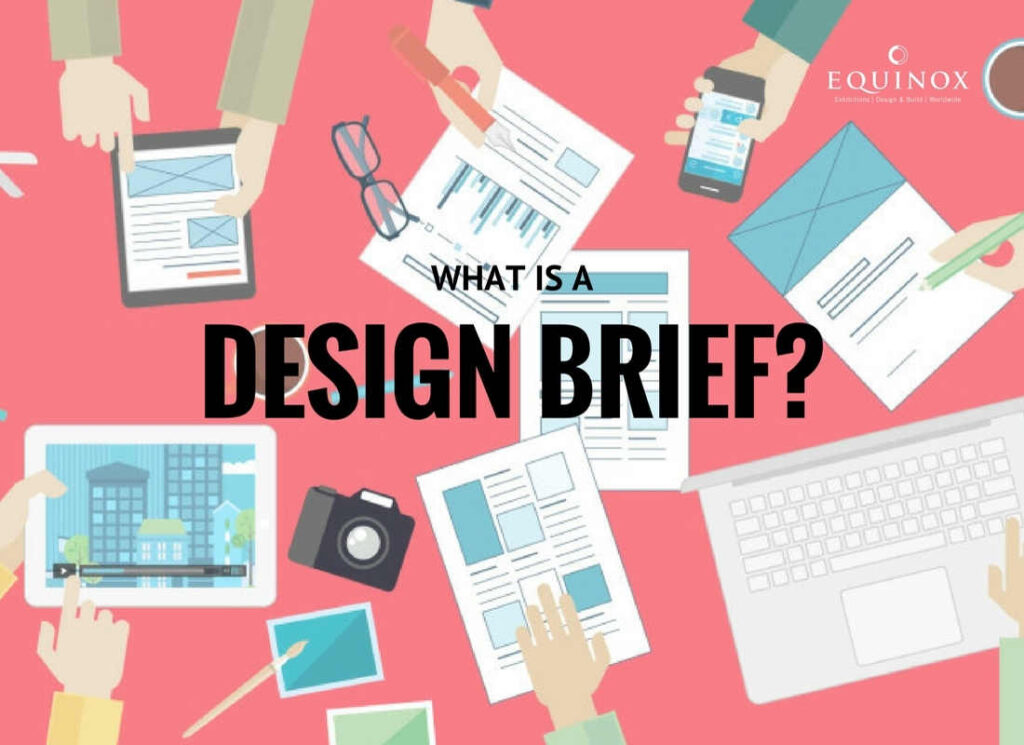A well-crafted design brief is a crucial starting point for any design project. It serves as a roadmap that guides designers in understanding your goals, preferences, and expectations for the project. By providing clear and comprehensive information, you can ensure that the final design aligns with your vision and meets your business objectives. In this article, we will explore the key elements of an effective design brief and provide tips on how to create one that effectively communicates your needs to your designer.
I. Project Overview
We are a [company name], and the purpose of this design project is to [provide a brief summary of the company’s goals or objectives]. The project’s scope includes [specific deliverables], such as [website design, logo creation, brochure layout], to be completed within [timeline].
We have existing brand guidelines and design assets that should be considered during the project. Please find attached [brand guidelines document, design assets] for your reference.
II. Target Audience and Objectives
Our target audience is [describe the characteristics of your target audience], including their preferences, needs, and demographics. They are [describe their behaviors, interests, and motivations].

The objectives of this design project are to [state the objectives you aim to achieve], such as increasing brand awareness, driving conversions, or enhancing user experience.
III. Design Specifications
The desired design format for this project is [specify the design format], with specific dimensions of [provide dimensions] and any technical requirements, such as file formats or resolution.
We appreciate [provide examples of designs or visual styles] because they resonate with our brand. These designs appeal to us because [explain why they appeal to your brand or target audience]. We would like our design to have a similar [modern, minimalistic, playful, etc.] aesthetic.
In terms of content, we would like the design to incorporate [specific content or messaging] to effectively communicate our brand’s key messages and offerings.
IV. Brand Guidelines and Tone
Our brand values revolve around [communicate your brand values], and our desired tone for this design project is [e.g., professional, playful, sophisticated]. We aim to [state the desired impression or emotional response].

Please refer to our existing brand guidelines for the specific colors, fonts, and other visual elements that should be consistent with our brand identity. We want to maintain a cohesive and recognizable brand presence throughout the design.
V. Project Constraints and Preferences
There are no significant budgetary constraints for this project, and we are willing to invest in creating a high-quality design that meets our objectives. However, we would like to complete the project within the designated timeline to align with our marketing initiatives.
Regarding preferences, we would like to incorporate [specific imagery, icons, or elements] that align with our brand. We prefer to avoid [specific elements or styles] to maintain consistency with our existing brand identity.
VI. Communication and Feedback
Have clear and effective communication, please reach out to [contact person] at [email address] or [phone number]. We prefer communication via [email/phone/in-person meetings], but we are open to alternative methods if needed.

We anticipate a collaborative design process and value your expertise. Design reviews and feedback will be conducted [specify the timeline and process for design reviews and feedback]. We look forward to your creative input and timely delivery of the design.
In conclusion, creating an effective design brief is crucial for ensuring a successful collaboration with your designer. By clearly communicating your goals, target audience, design specifications, brand guidelines, and project constraints, you set the foundation for a design that aligns with your vision and achieves your objectives. A well-crafted design brief facilitates effective communication and sets expectations, allowing your designer to create designs that resonate with your brand and effectively engage your target audience.
Key Takeaways:
- A design brief serves as a roadmap for your designer, outlining project objectives, specifications, and brand guidelines.
- Clearly define the project scope, target audience, and desired design format.
- Communicate your brand values, personality, and desired tone.
- Provide examples, preferences, and restrictions to guide the design process.
- Establish effective communication channels and feedback processes.
Contact us today to discuss your design needs and create an effective design brief that sets the stage for a successful collaboration with our talented team of designers.
Leave a Reply